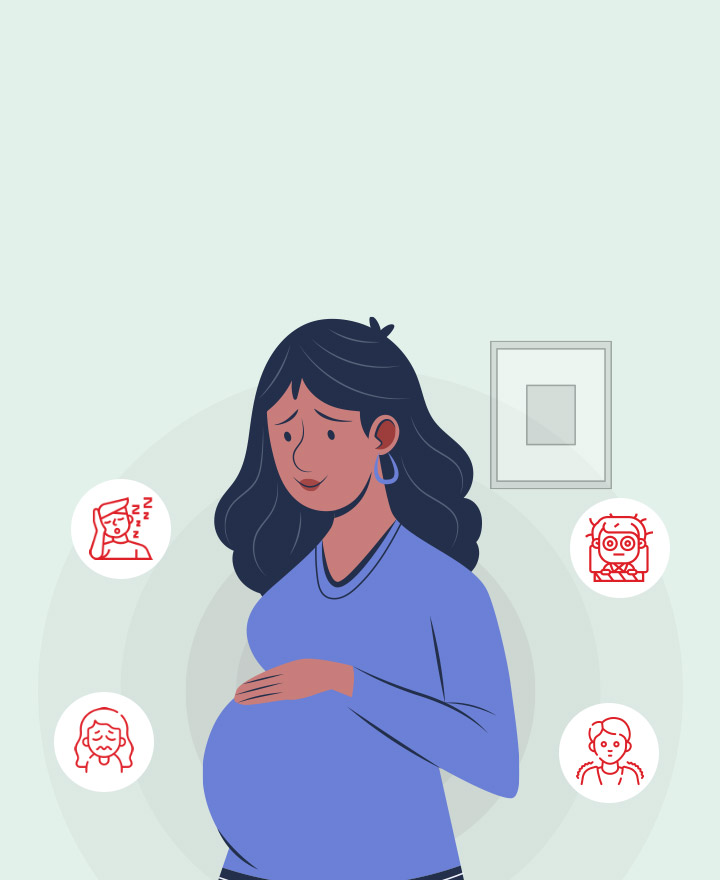The Meaning of Sexuality for Javaneese Adolecent at Senior High School, North Surabaya
Downloads
Introduction: One of reproductive health issues on adolescent in developing countries was sexuality. Issues of sexuality was multifactor, such as cultural factors. Cultural barriers affect the socialization of reproductive health and sexual education in adolescents, because it was considered taboo to talk about it.
Methods: This study was a qualitative study. The number of informants as many as 10 adolescent students, one community leader, 2 parent of adolescents, 2 teachers. The data shown is obtained from in-depth interviews. Data were then analyzed by using interactive analysis model, including data reduction, data display, and conclusion.
Results: The result had shown that 1) perceptions of sexuality was understood as sexual intercourse or physical activity that was driven by the desire to the opposite sex, perceptions about adolescent promiscuity with regard to sexuality was seen as something that very concern because beyond norms and customs, many sexuality information was obtained from school environment such as peers, media, environment (in this case was people around the house) and none got information from the parents, and the norms-values -culture were believed as self-control in activities related to sexuality such as relationship; 2) adolecent's behavior related to sexuality was associated with relationship and still done normatively, infl uenced by eastern culture, there was no informant who had sexual intercourse before marriage; 3) psychosexual of adolescent, were affected by social relationships in their environment at home, including closeness to parents, norms, values learned at home.
Conclusion: Based on the research results can be given suggestions that one of them needed to talk openly about sex and sexuality information to youth.
Bagoes. 2004. Demografi umum. Jakarta: Pustaka Pelajar.
Bungin. 2008. Metodologi penelitian kualitatif. Jakarta: PT. Raja Grafi ndo Persada.
Depkes RI. 2002. Pedoman pelaksanaan kegiatan, komunikas informasi, edukasi (KIE), kesehatan reproduksi: untuk petugas kesehatan di tingkat pelayanan dasar. Jakarta: Depkes RI.
Hurlock. 1990. Developmental psychology: a lifespan approach. Boston: McGraw-Hill.
Hurlock. 1973. Adolescent development. Tokyo: McGraw-Hill Kogakusha.
Santrock. 2003. Adolescence perkembangan remaja. Jakarta: Erlangga.
Sarwono. 2011. Psikologi remaja ed. revisi cet. 14. Jakarta: Rajawali Pers.
Tim Penulis Poltekkes Depkes Jakarta I. 2010. Kesehatan remaja: problem dan solusinya. Jakarta: Salemba Medika.
Torsina. 2010. Seks remaja: isu dan tips. Jakarta: Bhuana Ilmu Populer.
Wawan & Dewi. 2010. Pengetahuan, sikap, dan perilaku manusia. Yogyakarta: Nuha Medika.
Wiknjosastro. 2005. Ilmu kandungan. Jakarta: Yayasan Bina Pustaka Sarwono Prawirohardjo.
Yuanita. 2011. Fenomena dan tantangan remaja menjelang dewasa. Yogyakarta: Brilliant Books.
Authors who publish with Jurnal Ners agree to the following terms:
- Authors transfer the Copyright and grant Jurnal Ners the right of first publication with the work simultaneously licensed under a Creative Commons Attribution 4.0 International License that allows others to remix, adapt and build upon the work with an acknowledgment of the work's authorship and of the initial publication in Jurnal Ners.
- Authors are permitted to copy and redistribute the journal's published version of the work (e.g., post it to an institutional repository or publish it in a book), with an acknowledgment of its initial publication in Jurnal Ners.
Jurnal Ners requires a formal written declaration and transfer of copyright from the author(s) for each article published. We, therefore, ask you to complete and return this form, retaining a copy for your own records. Your cooperation is essential and appreciated. Any delay will result in a delay in publication. The form can be downloaded HERE.































